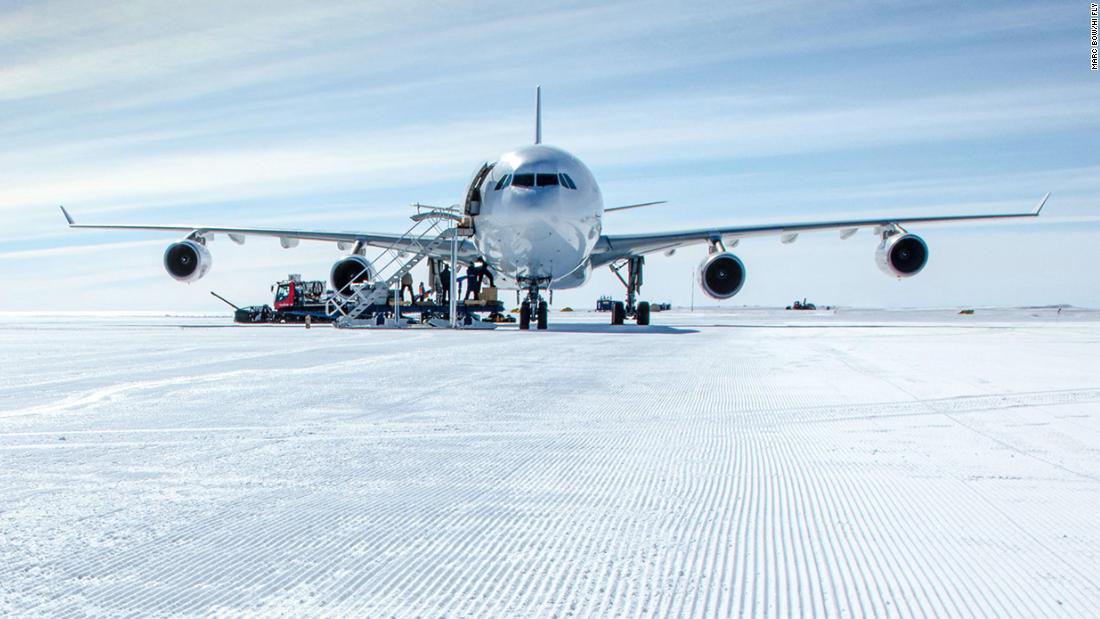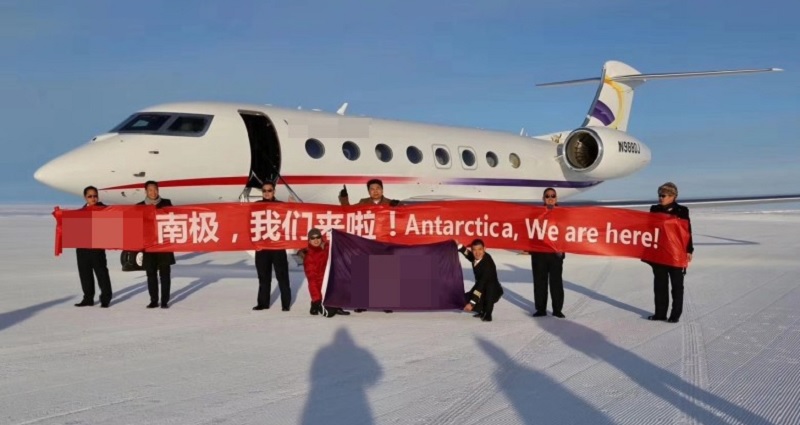melax
Well-Known Member
Air new Zealand 901 ( Mount Erebus disaster ) comes to mind. Of course technology has evolved since then giving us more tools for situational awareness, but I still think it's a very bad idea, given holes in GPS coverage in that area + difficult access and harsh environmental conditions. (I'm no Antartica expert but I'll pass...). There is a Company, I can't remember the name right now, from Canada flying modified (for a good reason) twin otters who resupply the stations.

 www.cnn.com
www.cnn.com

Airbus A340 plane lands on Antarctica for first time
For the first time in history, an Airbus A340 plane has landed on Antarctica. Hi Fly, a boutique aviation company, was behind the flight.
 www.cnn.com
www.cnn.com




